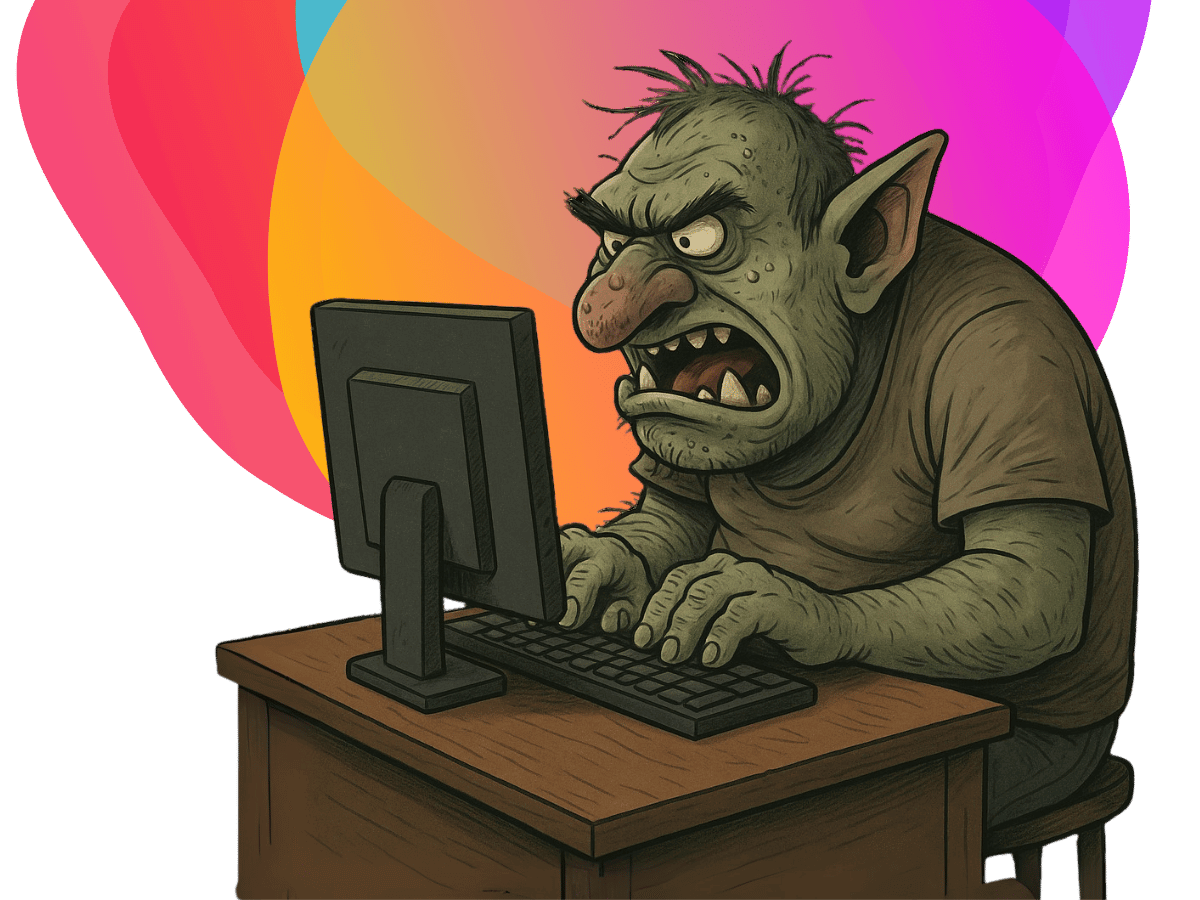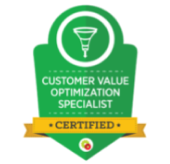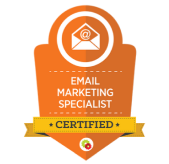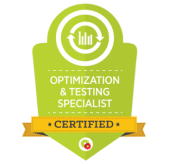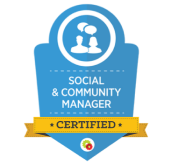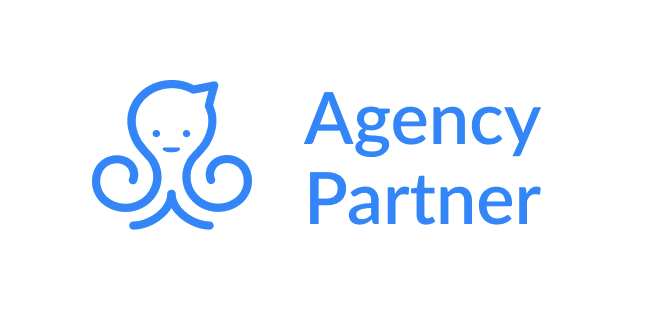When you’re running ads or social media aimed at schools and teachers...
…the last thing you expect is for strangers to fill your comments section with angry emojis, sarcasm, or worse.
But it happens.
And when it does, how you handle it matters. Because every negative comment under your ad, even if completely irrelevant, can affect how your brand is perceived by the very people you do want to reach.
Unless you’re Wendys.
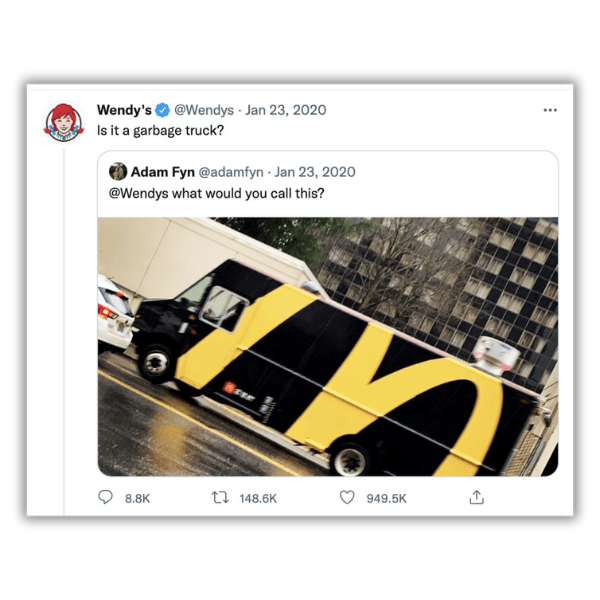
Why it’s worth paying attention to this issue
Trolls aren’t new. But their impact on social advertising, especially in education, is something to take seriously.
We supported a client whose campaign was targeted by a handful of online hecklers.
The product was designed specifically for classroom use, yet the people criticising it had no visible connection to teaching, education, or even the UK.
Still, the damage was done. A handful of 😡 emojis sat under their paid ad, and hateful comments kept popping up, visible to every school leader and teacher who came across it.
No matter how brilliant your offer is, that kind of negativity can plant doubt. Especially when it’s coming from strangers who don’t even represent your intended audience.
That’s why it’s critical to have a clear approach to social engagement.

First, get clear on who’s commenting
Not all negativity is created equal. And not all commenters deserve your attention.
1. The trolls
These are the anonymous accounts or keyboard warriors who pop up with aggressive, off-topic, or sarcastic comments. They’re usually not educators. They’re not interested in a discussion. They’re here to disrupt or insult.
We all know arguing on the internet is pointless and will fall on deaf ears because people must be open to other opinions in order for theirs to be changed.
And internet trolls don’t really want to change.
How to respond: Don’t.
Instead, block or hide their comments (‘Manage comments on your ads in Meta Ads Manager‘). You can also limit who can comment on your ads or posts, depending on the platform.
2. The hecklers
These are the ones who often jump onto an ad because it’s trending or being promoted. They may drop an emoji bomb or leave a cynical remark (usually without ever reading the content properly).
How to respond: Again, don’t argue. Silence or block where appropriate. Their input isn’t helpful, and engaging only encourages more disruption.
3. Your actual audience
Sometimes, the comment comes from a real teacher or school leader who feels confused, annoyed, or even insulted by your messaging.
This group is different.
They deserve a response not just for their sake, but because others are watching to see how you handle it.
How to respond: Acknowledge. Maybe invite the conversation offline. For example:
“Thanks for sharing your thoughts. We never want our messaging to land the wrong way. Could you DM us or drop us an email at [X] so we can understand your perspective better?”
This approach shows empathy and openness without fuelling a public thread.
What should you do when negative emojis damages your ad’s performance?
Paid ads are particularly vulnerable because you can’t delete emojis the same way you can on organic posts.
This means their once comical faces can quickly turn on you. Unwarranted negative emojis and comments can put people off your ad, especially if they’re unfamiliar with your brand.
But you can protect the way your ad looks at first glance.
You might want to consider “Emoji shifting” your Ad’s engagement.
Share the ad link internally and ask colleagues to add positive reactions such as 👍, ❤️, or 🤗.
These are the three most commonly shown on most platforms.
A few well-placed emojis from actual supporters will push the angry ones out of view unless someone taps to “view all.”
Should you ever re-use toxic comments in your marketing?
This won’t be right for every brand, but it can be a powerful move when used with care.
If a toxic comment illustrates a bigger misunderstanding about your product, or it challenges a value you’re proud to defend, you can screenshot that comment (blur out names and icons), and use it as part of a values-led post or even a bold ad.
For example:
“This kind of feedback shows why we continue to support overwhelmed teachers.”
“We’re proud to stand for DEI, no matter what the internet says.”
This approach, sometimes called “mirror marketing,” flips the negativity and reclaims the story.
Unsure about using it as an ad campaign? You can include these new graphics in a blog or email to address these comments and delve deeper into the issue.
What’s important about taking this stance is to show your brand values and beliefs and how these relate to your product/ service offering.
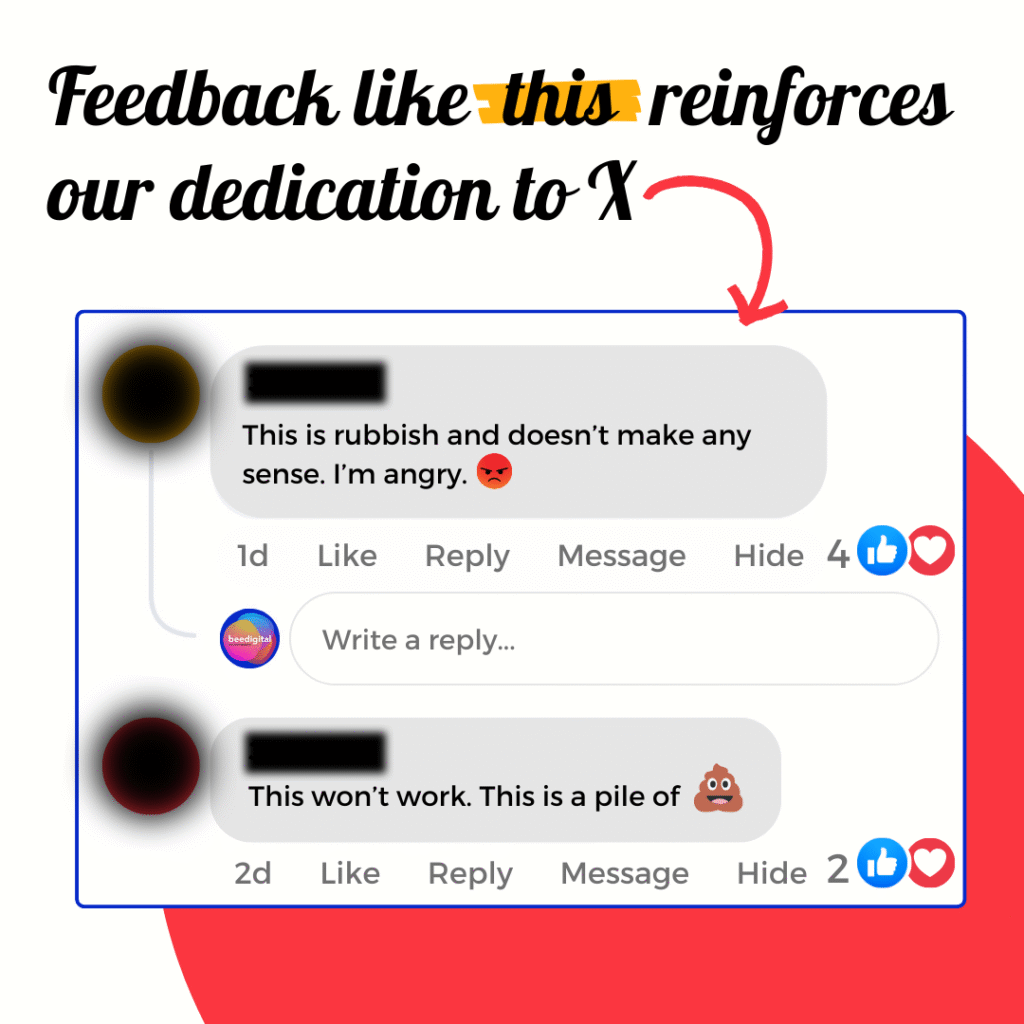
A word about censorship
Some marketers worry that hiding comments or restricting emojis feels dishonest.
But here’s the thing: you’re not deleting valid criticism from teachers. You’re moderating irrelevant or harmful noise from people who were never your audience to begin with.
If the negative comments are from teachers, take a look at your copy
Sometimes, negative feedback is a signal, not an attack.
- Does your messaging sound condescending? Even unintentionally?
- Is the post image appropriate and reflective of real classrooms?
- Are you overpromising results or making bold claims?
Re-read your ad through a teacher’s eyes. Better yet, show it to an actual teacher. A few small edits could make all the difference.
Set your policy now, before you need it
Waiting for a PR problem is never the right time to decide your policy.
Instead, prepare a few basics:
- When will you respond and when will you block?
- Who decides what gets hidden or reported?
- What language will you use when replying to teachers?
- Do you have clear lines between criticism and trolling?
A quick guide or decision tree for your marketing team will save you hours and protect your brand in the long run.
Your brand doesn’t need to be squeaky clean or controversy-free. But it does need to be clear about what it stands for and who it stands with.
Our rule of thumb: When trolls appear, stay calm. When teachers comment, stay curious.
We're here to help you
If your marketing feels overwhelming, under-resourced, or stuck in a rut, you’re not alone.
And you don’t have to fix it alone either.
A good agency can bring clarity, capacity, and fresh ideas to help you move forward. If any of these signs sound familiar, it might be time to start a conversation.


